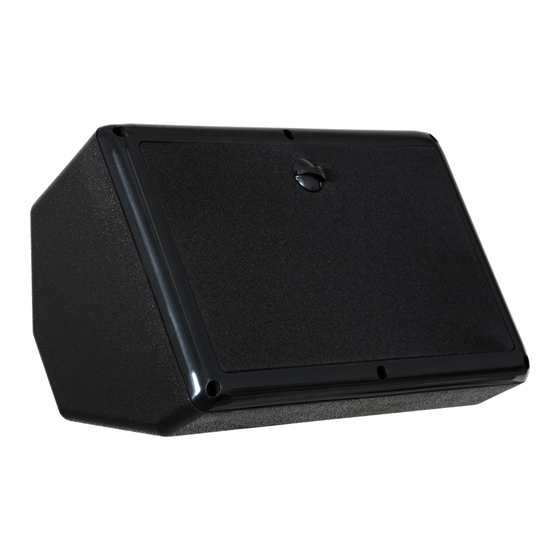Galaxy Audio HOT SPOT 소유자 매뉴얼 - 페이지 7
{카테고리_이름} Galaxy Audio HOT SPOT에 대한 소유자 매뉴얼을 온라인으로 검색하거나 PDF를 다운로드하세요. Galaxy Audio HOT SPOT 12 페이지. Powered micro spot
Galaxy Audio HOT SPOT에 대해서도 마찬가지입니다: 사용자 설명서 (20 페이지)

OHM'S LAW AND THE HOT SPOT
Most professional-type speakers (like the HOT SPOT) have two jacks which are wired in parallel (meaning the signal can
travel into one jack and out of the other). Think of each speaker as a "load" added to the amplifier. The greater the num-
ber of speakers, the heavier the load. Adding too many speakers can overload the amplifier, causing it to overheat and
distort. If the amplifier begins to distort, or if it becomes hot to the touch, disconnect any extra speakers. One easy way to
determine the load on the amplifier is to use Ohm's law, which states: "The total impedance of N speakers in parallel is
equal to the reciprocal of the sum of the reciprocals. In equation form:
Z (Total) =
Where Z
is the impedance (or ohm rating) for the first speaker, Z
1
chain. This equation calculates the total impedance of the speaker system, which should NOT be lower than the minimum
impedance rating of the amplifier.
EXAMPLE 1:
For one pair of speakers use the short form of the equation: the product of the two speakers divided by the sum of the two
speakers is equal to the total impedance or the equivalent impedance of the speaker system.
This equation may be used to calculate the equivalent impedance for additional speakers in two-speaker increments. De-
termine the impedance of the first two speakers, substitute Z total for Z , and include the next speaker. Repeat the pro-
cess until all speakers have been included. The result should be the same as with the first method.
A word of caution: polarity rules must be observed when connecting multiple speakers. Polarity will not affect the Z, but
can affect the quality and volume of the sound. If you are having problems with any of these applications use Galaxy Au-
dio's CRICKET Polarity and Continuity Test Set to check the polarity of your cables.
1
1
1
1
+
+
+
Z
Z
Z
1
2
3
2
Z
x Z
1
2
Z =
Z
+ Z
1
2
6
1
1
+
Z
Z
4
N
for the second, and so on, for every speaker in the
